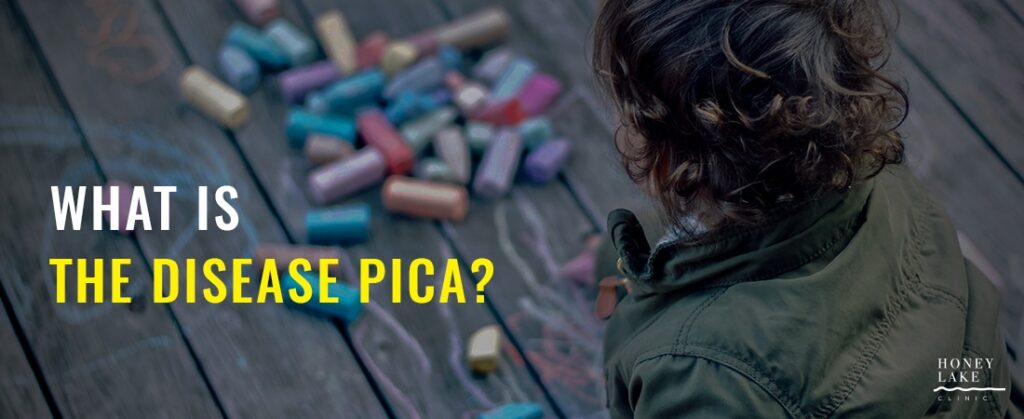What is the Disease Pica?
Have you or your child ever consumed hair, dirt or paint chips? What about clay, chalk, or glue? Eating disorders are not phases, fads or lifestyle choices. They are serious mental disorders which impact you physically, psychologically and socially. Eating disorders should be taken very seriously. They can be life-threatening.
A newer condition, only recently recognized as an eating disorder by the Diagnostic and Statistical Manual of Mental Disorders (DSM), Pica is an eating disorder that involves eating items that are not typically thought of as food and that do not contain significant nutritional value, such as paper, sand, or toothpaste. Although most frequently observed in children, it can occur in adults. Pica sufferers are at an increased risk of poisoning, infections, injuries and nutrition deficiencies. Depending on the substances ingested, pica can be fatal.
If you suspect you or someone you love has Pica, we can help. Speak confidentially with a counselor right now by calling (888) 837-6577.
Evaluation and Diagnosis
There are not specific tests for pica. Rather, medical and mental health professionals will diagnose you based on your clinical history. A diagnosis should be accompanied by a number of medical tests to determine potentially dangerous effects within your system.
Signs and Symptoms of Pica. Here Are a Few Questions to Ask Yourself: Signs
- Does my child or loved one persistently eat substances that are not food and do not provide nutritional value.
- Do I or my child ingest of a substance which is not a part of culturally supported or socially normative practice—there are some strange cultural eating practices around the world.
- Typical substances ingested may include paper, soap, cloth, hair, string, wool, soil, chalk, talcum powder, paint, gum, metal, pebbles, charcoal, ash, clay, starch, or ice.
Risk Factors
- Pica can affect children, adolescents, and adults of any genders.
- Pica often occurs with other mental health disorders associated with impaired functioning (e.g., intellectual disability, autism spectrum disorder, schizophrenia).
- Pica may be associated with trichotillomania (hair pulling disorder), and excoriation (skin picking) disorder.
- Iron-deficiency anemia and malnutrition are two of the most common causes of pica, followed by pregnancy. In these individuals, pica is a sign that the body is trying to correct a significant nutrient deficiency. Treating this deficiency with medication or vitamins often resolves the problems.
Diagnosis and Treatment for Pica
The proper diagnosis and treatment for Pica require both medical and mental health components. Mineral and nutrient deficiencies need to be discerned and corrected. Concerning eating behaviors need to be confronted. And any underlying mood or mental health triggers need to be identified and addressed.
Pica is treatable. Most who receive treatment recover and resume a healthy lifestyle. It is important for you to seek treatment as early as possible.
At Honey Lake Clinic, our experienced staff, licensed therapists, psychologists, and psychiatric specialists understand that effective treatment for eating disorders requires a multifaceted, faith-based approach, involving healing of the body, mind, and spirit. Our unique treatment programs specifically and deeply address all three spheres, offering each client his or her greatest chance at wholeness and transformative growth.
